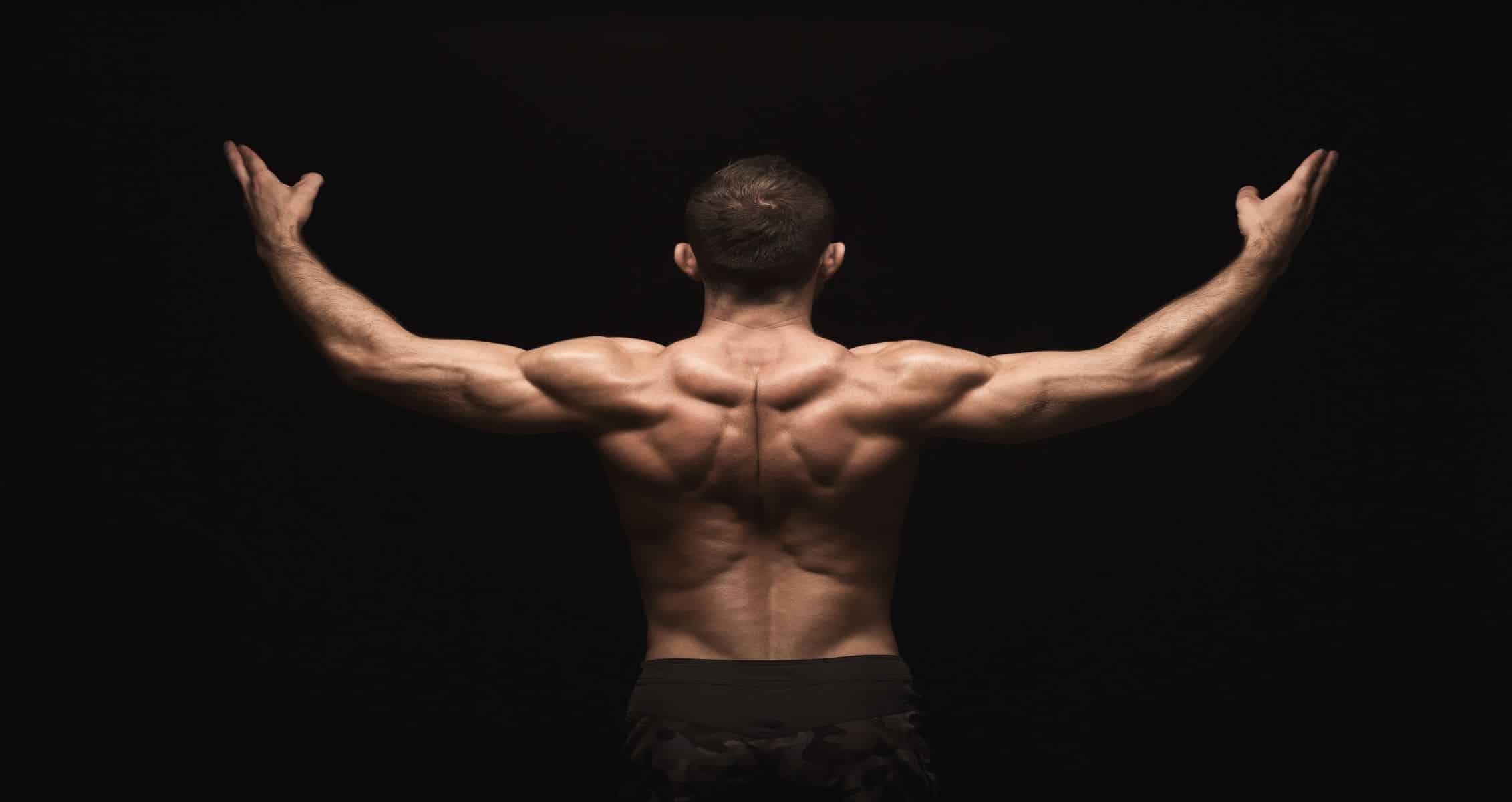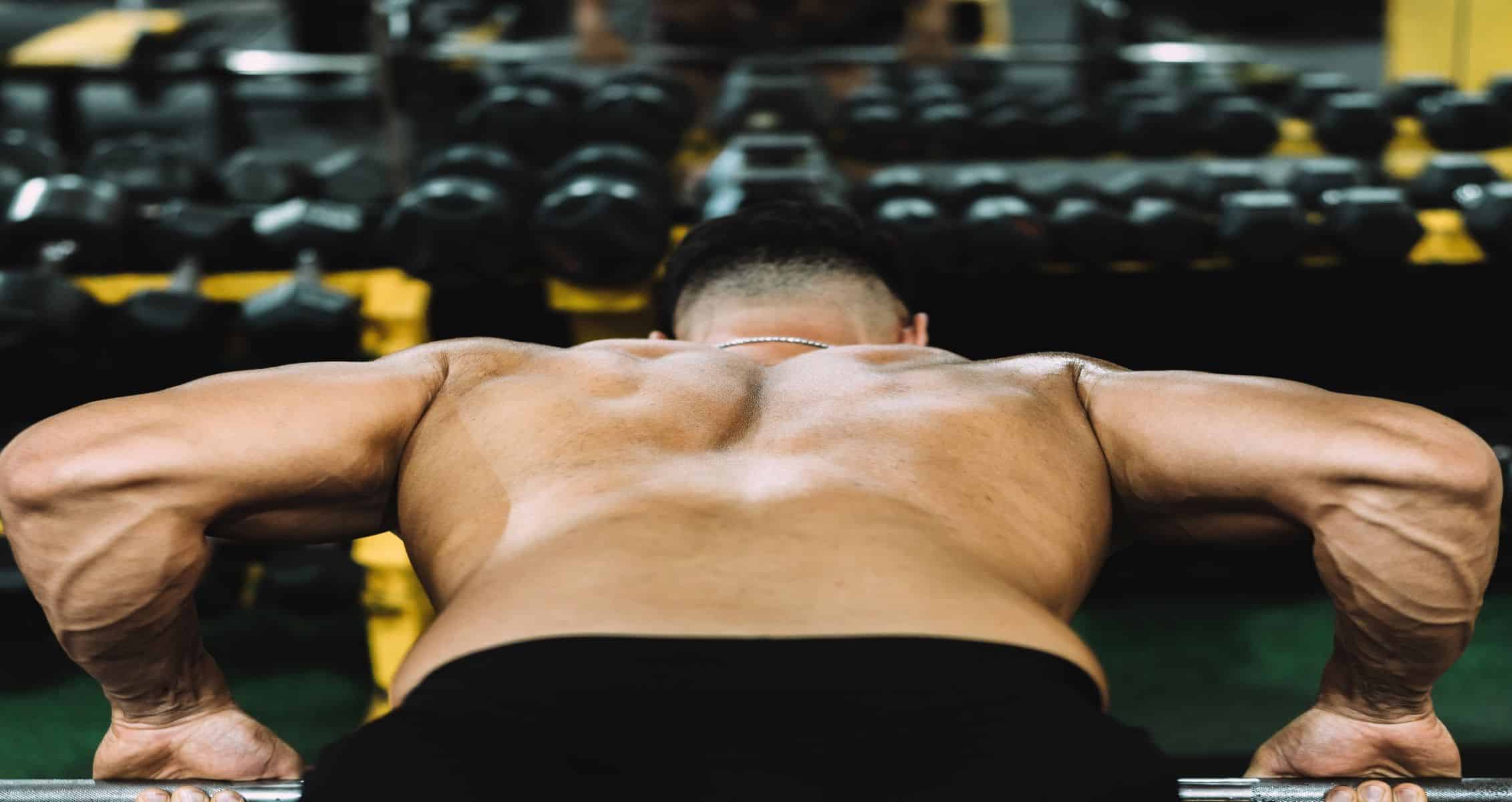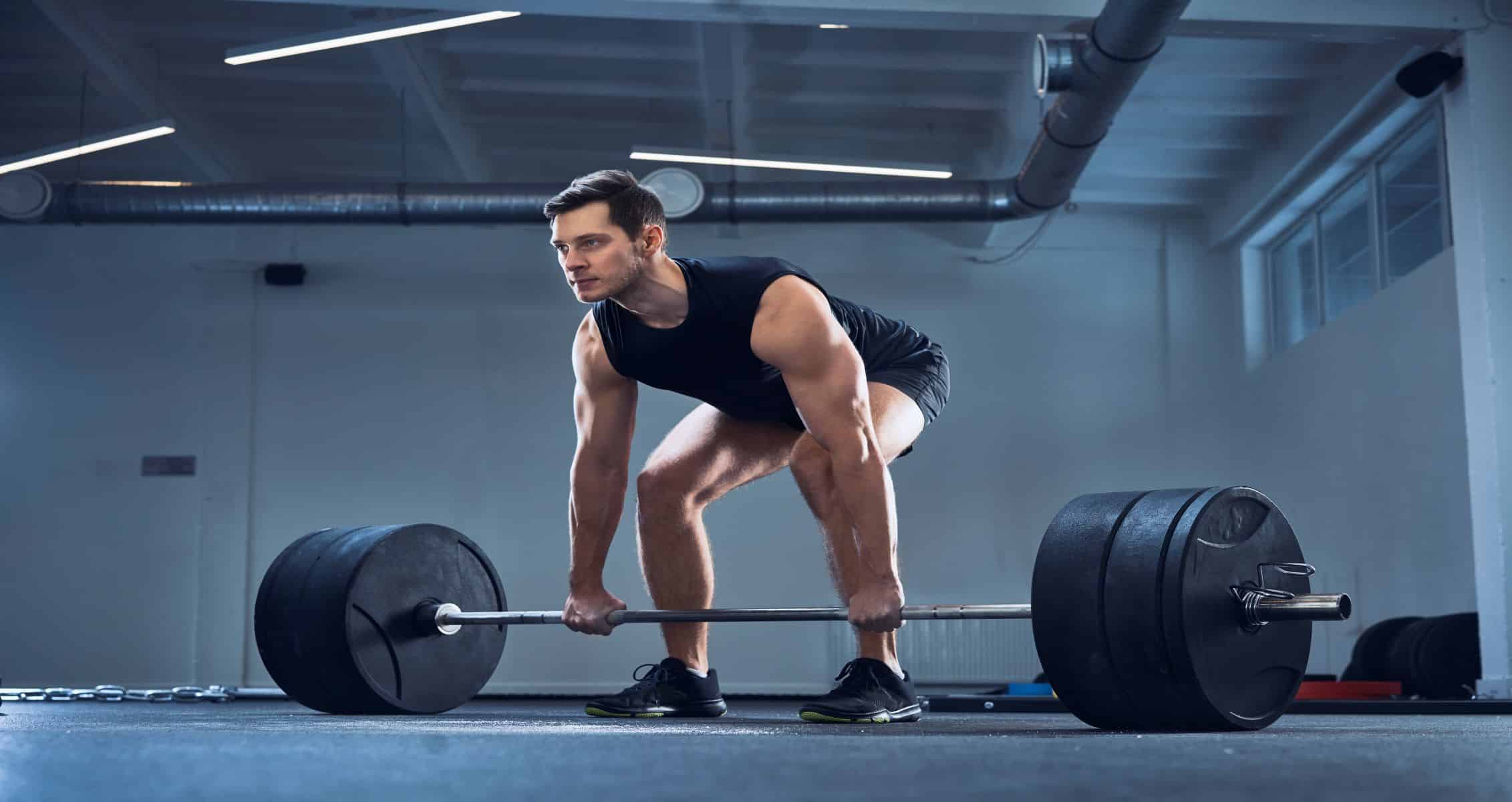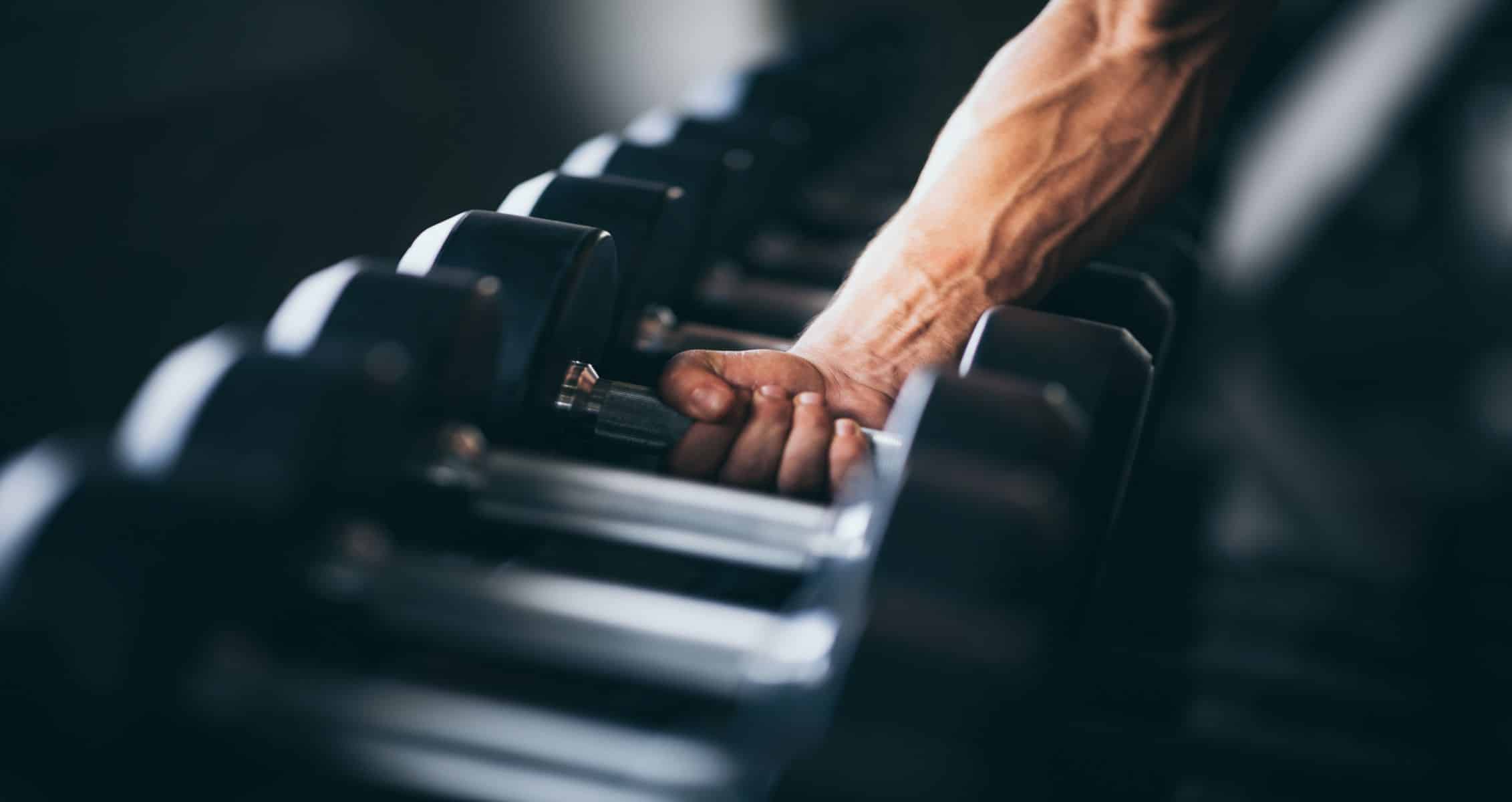A full guide on how to properly execute the Pendlay Row to achieve optimal back gains
There are all sorts of rows you can be doing; dumbbell, T-bar, machines; but are you incorporating the Pendlay row into your back workouts? The Pendlay row is a movement crafted by the late Olympic Weightlifting Coach, Glenn Pendlay, to help in pulling movements. Conducted in a very similar fashion to the barbell row, the Pendlay row aids in back gains for both muscular size and strength.
This guide will be covering how to do the Pendlay Row, the benefits, alternatives, Dos and Don’ts, and suggestions.
Editor’s Note: Generation Iron’s content is meant to be informative and should not take the place of advice and/or supervision from a medical professional/trainer. The articles and opinions on this site are not meant to be used as diagnosis, prevention, and/or treatment of health problems. Speak with your physician/trainer if you have any concerns.
How to Do The Pendlay Row
Form is more important than weight, words to live by. It is also an accessory movement, and you want to nail the proper form before going heavy. Proper form helps contribute to better results, such as strength, size, and hypertrophy.
Step 1: Setting up
The barbell should be on the floor, and grip should be approximately shoulder width apart with the hips setup like you are about to deadlift.
Step 2: Pull
Brace your core, and in a controlled manner, pull the barbell to the base of your chest, but do not allow your shoulders or hips to come forward.
Step 3: Do it Again
Return the bar all the way to the floor with control, reset, then repeat the movement for the desired amount of repetitions.
Check out this video from Jeff Nippard if needed:
What are the Benefits of the Pendlay Row?
- Muscular Development
- Transfer to Other Lifts
- Pulling Power
The Pendlay Row has plenty of benefits in both muscular development, improving performance in other lifts, as well as developing both strength and power.
Muscular Development
The Pendlay Row forces the lifter to use strict form and a full range of motion, focusing mainly on the lats and rhomboids. Combine that with proper loading, maintained tension throughout the movement, and some decent volume, muscle hypertrophy will improve as you stay consistent and practice the movement.

Transfer to Other Lifts
The Pendlay Row is something that helps the development of all pulling exercises, as well as a few others. Being that the lifter is bracing their back and core with this movement, it can be transferred over to movements such as the big three compounds: squat, bench, and deadlift. It transfers to compound lifts where the stress on the back will be greater as the lifter is adding more weight or has a technique that involves more activation from the back.
Pulling Power
The Pendlay Row also contributes massively to overall pulling power. The movement comes from a dead stop and contributes massively to concentric strength. The strength and power here can be transferred to becoming stronger in other pulling movements such as the snatch, clean and jerk, and deadlift.
The Pendlay Row also improves grip strength, which can be applied to lifts as simple as bicep curls or even farmer carries.
Sets and Reps
The Pendlay Row is considered both a compound and an accessory movement, so just how heavy should you go? How many sets should you do? How many reps? Well, this all depends on what your personal goals are.
Strength: For strength gains, 3-4 sets of 1-5 with relatively heavy weight (but not heavy to the point where form is sacrificed)
Size and Hypertrophy: For the goal of gaining more muscle mass and definition, 4-5 sets with the rep ranges of 6-12 are ideal with moderate weight.
Endurance: Endurance athletes should be aiming for 3-4 sets of 12+ with light weight.
Tip: The lifter can increase weight throughout the exercise, but not to the point of compromising form!
Rep ranges may vary depending on the exercise as well as the goals of the lifter. Check out this video from Gravity Transformation for more on rep ranges.
What to Avoid
Unlike a barbell row, the Pendlay row does not give the lifter that momentum to help complete each rep. There are a lot of things you could do when performing the Pendlay Row that could hinder performance or the desired results.
Poor Form
Form can easily be compromised with the Pendlay Row, specifically the angle of the back. Maintain the hip hinge throughout the movement, pulling mostly with your arms and shoulders, without jerking your back up just to achieve a completed rep.
Elbow flare is also another way that form can be compromised which in turn does not deliver the best results because this can lead to more activation of the rear deltoids rather than the lats and middle back. Elbows do not completely need to be tucked to your side, but you certainly do not want to chicken wing your arms; this will put more of the stress and tension on shoulders and arms rather than the lats.
To keep yourself in check, use cues to guide yourself throughout the lift. Remind yourself to pull the bar to your hips, keep your elbows close, etc.
Too Much Weight
Just about everyone loves to lift heavy, no doubt about it. However, going too heavy can lead to not only poor form, but also injuries, something that may affect your progress moving forward. Go lighter, nail that form, get that good contraction, and grow! As your technique improves, the strength will come along with it.
Pendlay Row Alternatives
Maybe you have not been fully convinced of throwing the Pendlay Row into your programming, and that’s okay. There are a couple of great alternatives that are similar movements which provide similar benefits.
The Barbell Row
Classic, iconic, infamous. Three words to describe the movement, also known as the bent-over barbell row. The simple yet effective movement has been a staple in back workouts across the globe since the dawn of time. Maybe not that long, but it has been around for a while.
The barbell row can be done with overhand or underhand grip and is performed almost exactly the same as the Pendlay Row, but you do not rest the weight on the floor after each repetition. This in turn puts more stress on the lower back as well as the hamstrings when compared to the Pendlay row, where the bar would be going to a dead stop after each repetition.
Form Tip: Because the bent-over barbell row puts more stress on the lower back, the lifter should consider using less weight and hitting higher repetitions (better for muscular development and hypertrophy).

The Seal Row
The seal row is something that completely removes stress on the lower back and hamstrings from the equation, but still provides great back gains for both size and strength wise.
In this movement, the lifter will be laying face down on a bench with the barbell underneath the bench. From there they will pull the weight to their chest, which would essentially be the underside of the bench. This can be done on a flat bench, or an incline bench where the lifter will set up the same way but drag the bar along the metal piece that props the bench up into its incline position. Both variations can help grow that extra thick and strong back.
Form Tip: When performing a seal row on a flat bench use smaller plates to get a better range of motion. If smaller plates are not available, you can also elevate the bench on small boxes.

Frequently Asked Questions (FAQs)
Congratulations, you made it all the way to the end of the article! Now it’s time for the questions that need to be answered.
- How can I Improve My Form?
- Should I use the Pendlay Row?
- Do I Need to use a Barbell?
Let’s take some time and answer these questions!
How can I Improve My Form?
One of the biggest things to improve form is by using cues. Cues are specific actions you tell yourself to reinforce your technique during a lift. They remind the individual of key points needed to complete the lift or weak points to focus on.
For example, when performing the Pendlay Row the lifter can remind themself:
- To dig their feet in – for lifters that are using their legs for momentum and doing almost a Romanian deadlift.
- Pull the bar to their hips – for lifters that are not completing a full range of motion to help them squeeze at the top of the lift.
- Keep the elbows tight – for lifters that might be flaring their elbows and have trouble engaging their lats.

Should I use the Pendlay Row?
Yes. Do not be afraid to program these into your workouts! The Pendlay Row is beneficial for muscle building and strength as a whole. This does not just pertain to people who compete in things such as weightlifting or powerlifting! This is a great exercise for bodybuilders, crossfitters, or recreational gym-goers that want to improve their overall core and back.
Do I Need to Use a Barbell?
A barbell is only one way to perform the exercise! Yes, originally the Pendlay Row was created using just a barbell. However, you can absolutely complete a Pendlay Row with dumbbells or even kettlebells.

References
Brennan, Dan (2021). “The Difference Between Strength Training and Hypertrophy Training”. (Source)
Healthline (2018). “All You Need to Know about Concentric Muscle Contractions”. (Source)
Hosford, Beverly (2015). “4 Critical Exercise Technique Cues”. (Source)
Personal Touch Fitness (2019). “Muscular Endurance”. (Source)

